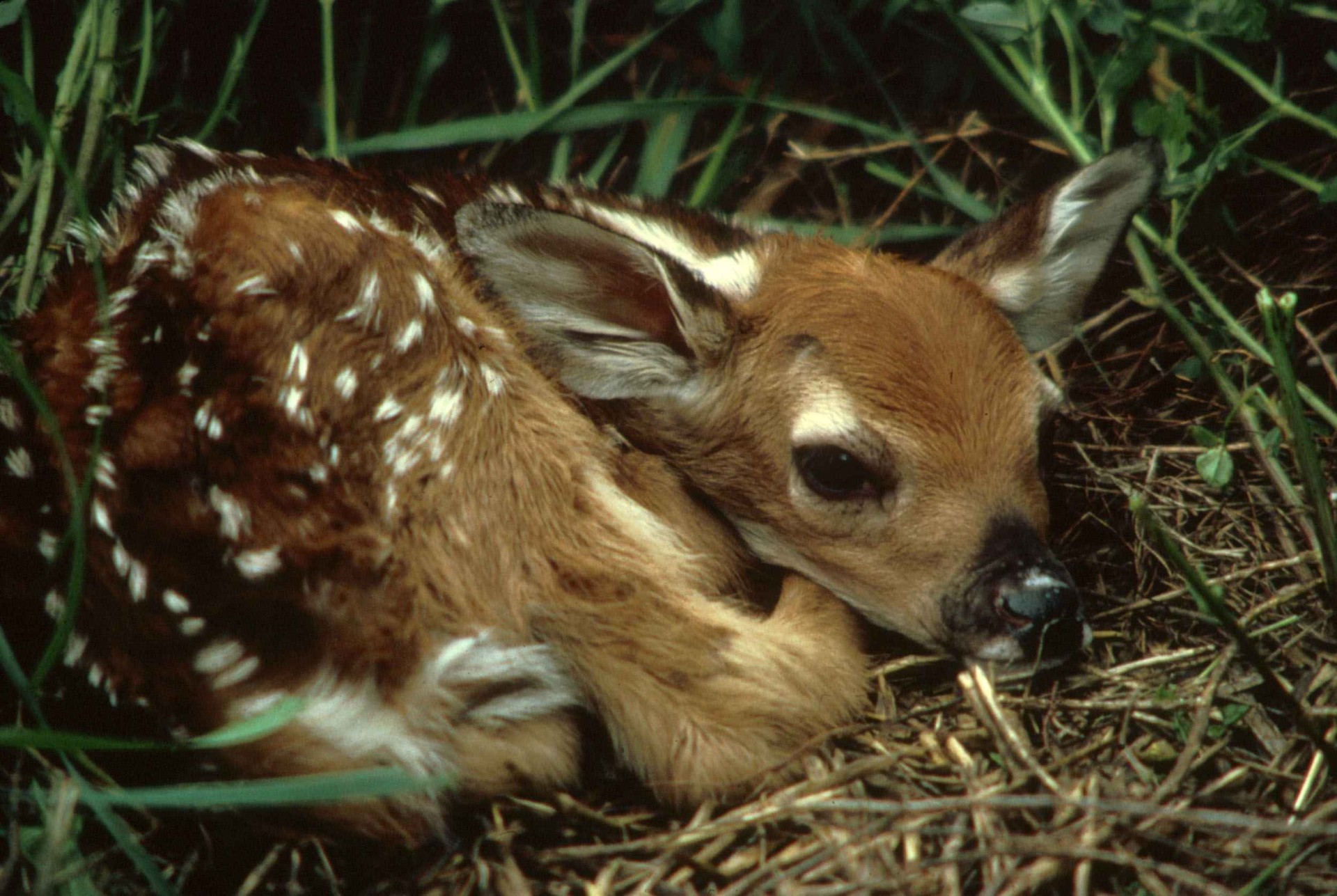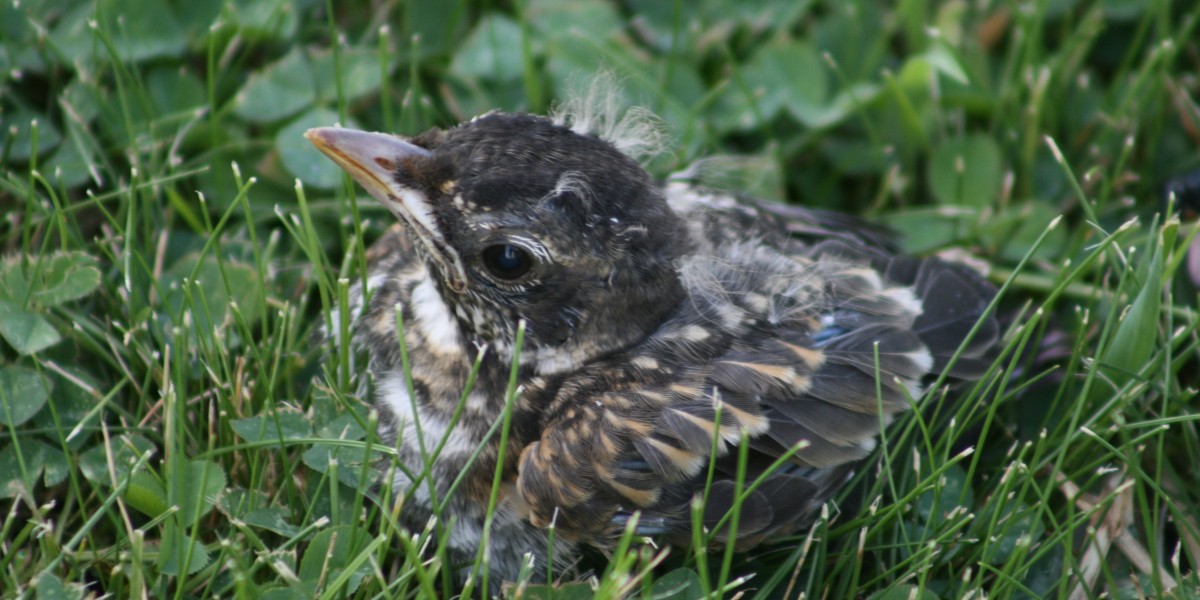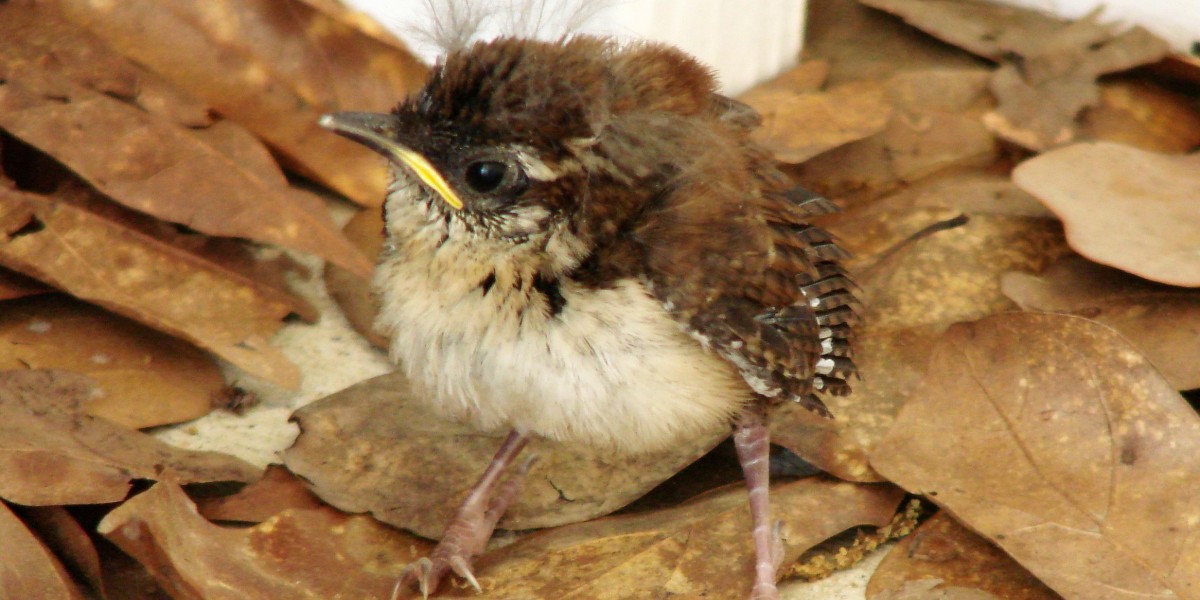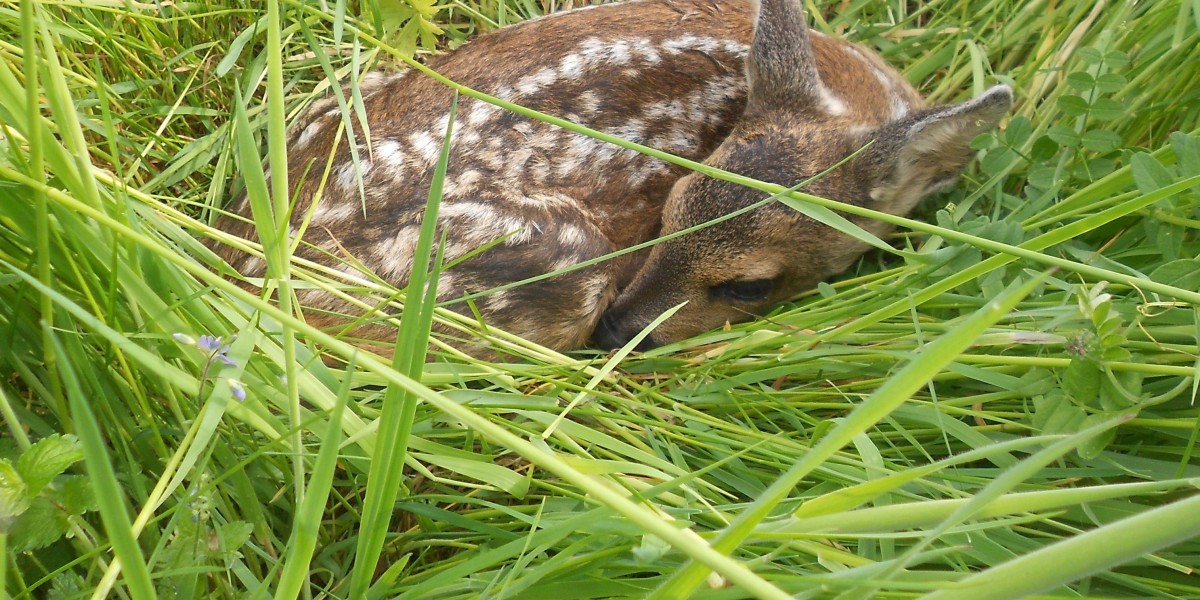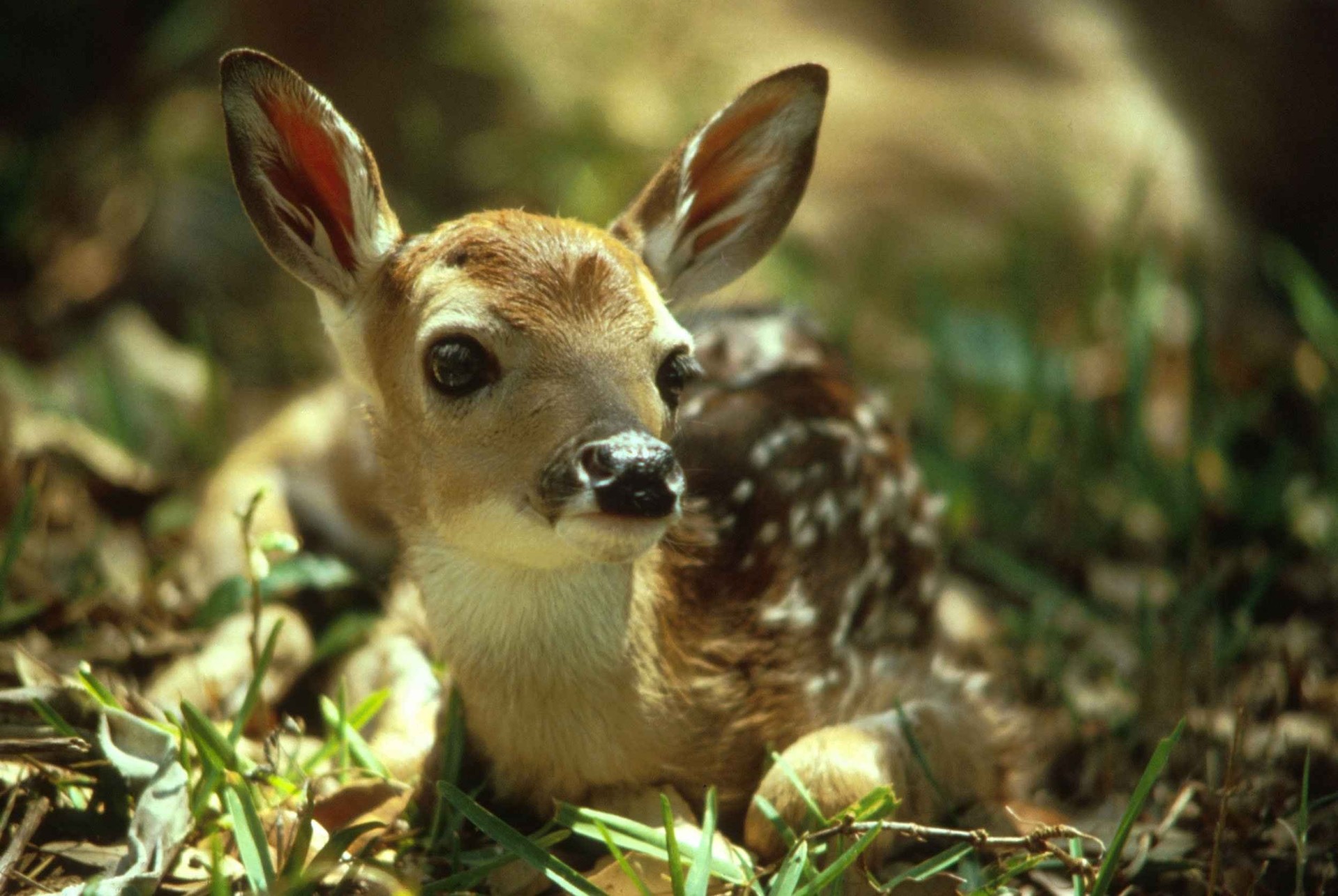Spring is here and wildlife young are going to start making their way out into the natural world, including your backyard. Spotting baby animals in the wild can be exciting, but many people mistakenly assume that a baby animal is orphaned or in distress and whisk it away from its parents. Understanding what’s normal and natural for the different species will help prevent this unnecessary interference.
Wildlife rehabilitators in New York see an average of over 20,000 cases each year, of these approximately 8,000 of them are orphaned young. The most common species “animal-knapped” in the spring are deer fawns, Eastern cottontail rabbits, and fledgling songbirds because they are often found on the ground in close proximity to people. Each year in New York State, hundreds of white-tailed deer fawns are brought to licensed wildlife rehabilitators for assistance. However, rehabbers report that as many as 66% of these submissions are due to unnecessary human intervention. Removing animals from their natural habitat and their parents creates stress and reduces their chance of success in the wild.
It can be normal for some wild animal mothers (like deer and rabbits) to leave their babies unattended for long periods. Young birds that have just left the nest need some time to acquire their flight skills, but their parents are usually close by keeping watch. For more information on what to do when you see young wildlife: If You Care . . . Leave Them There!
When in doubt, contact a local Wildlife rehabilitator, NYSDEC, or the Janet L. Swanson Cornell Wildlife Center.
Coming soon to CWHL:
What’s Wildlife Rehabilitation? An in-depth look at wildlife rehabilitators



